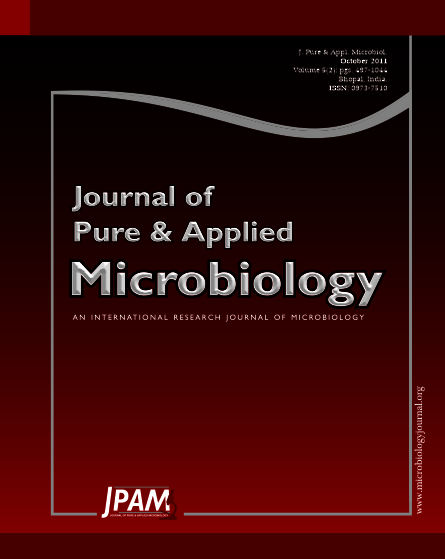Chronic Obstructive Pulmonary Disease (COPD) constitutes 30% of cases in chest clinics and accounts for 1 to 2.5% admissions in hospitals all over India. COPD is a spectrum of disorders that results in air flow obstruction. Precise role of bacteria will help the clinical practitioner in managing COPD cases effectively. Early morning sputum samples were obtained from the patients. Bacterial identification and its antibiogram were done by standard conventional methods. Incidence of COPD was 4.33% with male of female ratio 2.95:1. Pathogenic bacteria were isolated in 195 samples (72.5%) whereas commensals were isolated in 74 samples (27.5%). Among the 195 samples, single bacteria were isolated in 187 samples and in 8 samples polymicrobial etiology were noted. Bacterial infection in Chronic Obstructive Pulmonary Disease is a major cause of morbidity and mortality in both the developed and developing countries. The bacteriological profile COPD is constantly changing with advanced diagnostic techniques .The bacterial isolation rate also improved due to appropriate sample collection and Bartlett’s grading of sputum. Knowledge of the microorganisms in COPD along with their antibiotic sensitivity pattern will help in selecting suitable antibiotics for treating these infections and preventing mortality.
COPD, Pathogenic bacteria, Antibiogram
© The Author(s) 2011. Open Access. This article is distributed under the terms of the Creative Commons Attribution 4.0 International License which permits unrestricted use, sharing, distribution, and reproduction in any medium, provided you give appropriate credit to the original author(s) and the source, provide a link to the Creative Commons license, and indicate if changes were made.


